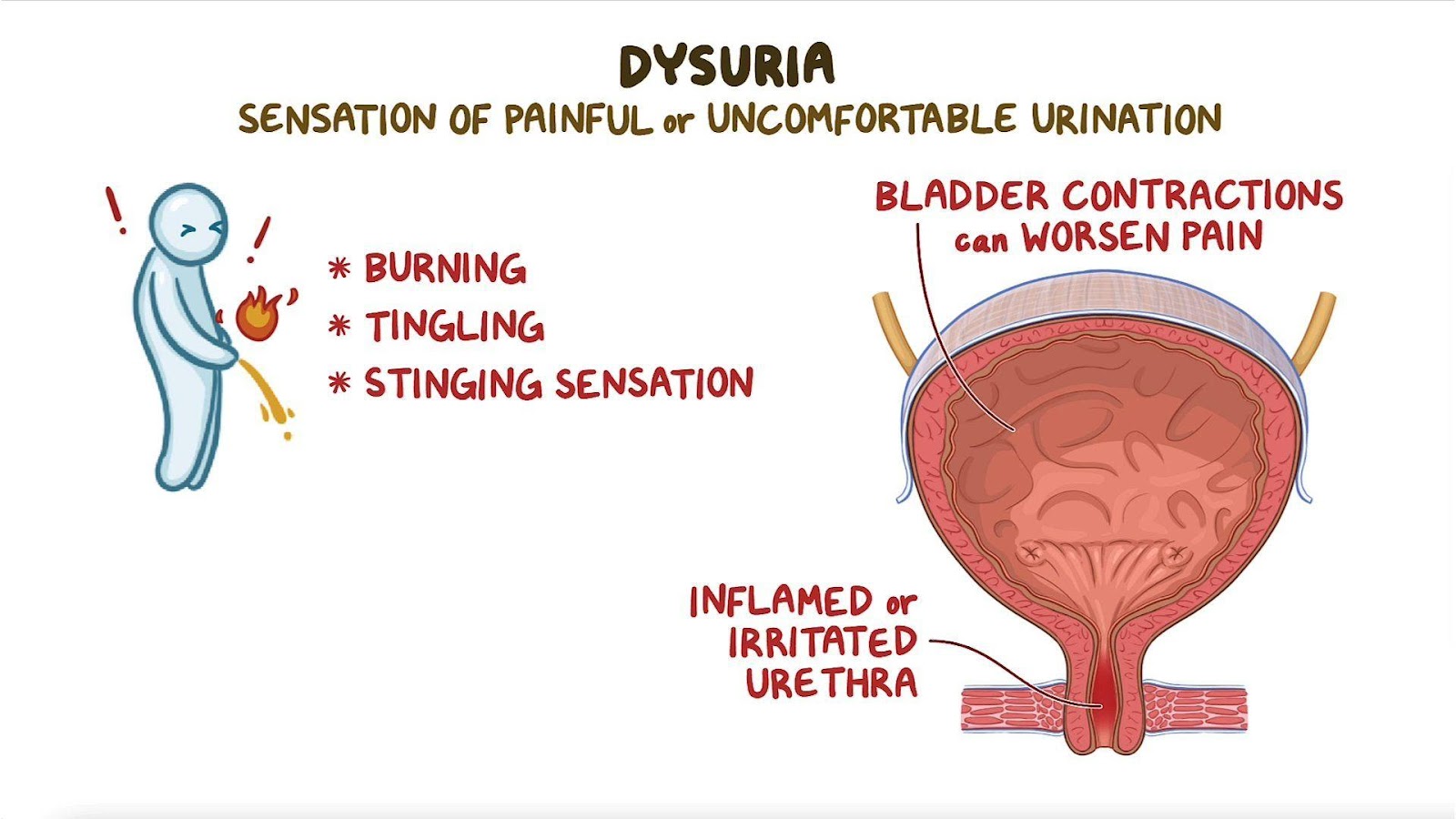The nurse is caring for a client who is postoperative and receiving supplemental oxygen at 2 L/minute via nasal cannula. The oxygen saturation is 89%. Which action should the nurse implement?
Switch to a non-rebreather mask.
Remove the nasal cannula.
Increase the oxygen to 3 L/minute.
Verify the placement of the pulse oximeter.
The Correct Answer is D
Choice A reason: Switching to a non-rebreather mask is not the immediate action to take. Non-rebreather masks deliver a high concentration of oxygen, typically reserved for severe hypoxia. The patient’s oxygen saturation is low, but not critically low. It’s important to first ensure the accuracy of the reading before escalating oxygen delivery methods.
Choice B reason: Removing the nasal cannula is not advisable. The patient is postoperative and may have impaired gas exchange due to anesthesia, pain, or decreased mobility. Removing the supplemental oxygen may worsen the patient’s hypoxemia and increase the risk of complications.
Choice C reason: Increasing the oxygen to 3 L/minute could be a potential action if the oxygen saturation reading is accurate and the patient’s condition does not improve. However, any changes to a patient’s oxygen therapy should be made under the guidance of a healthcare provider. It’s important to first verify the accuracy of the oxygen saturation reading.
Choice D reason: Verifying the placement of the pulse oximeter is the highest priority action. Before making changes to the oxygen flow rate, it’s important to ensure that the oxygen saturation reading is accurate. Incorrect placement or function of the pulse oximeter could lead to inaccurate readings.
Nursing Test Bank
Naxlex Comprehensive Predictor Exams
Related Questions
Correct Answer is A
Explanation
Choice A Reason: This is correct because beginning with questions that are less sensitive in nature can help establish rapport and trust with the client, and make the client more comfortable and willing to disclose personal information.
Choice B Reason: This is incorrect because asking questions in a vague, non-specific format can confuse the client and lead to inaccurate or incomplete data. The nurse should ask clear, direct, and open-ended questions that elicit relevant information.
Choice C Reason: This is incorrect because getting the most difficult questions over with first can make the client feel anxious, embarrassed, or defensive, and discourage further communication. The nurse should build up to the more sensitive questions gradually and respectfully.
Choice D Reason: This is incorrect because sharing personal values to put the client at ease can be inappropriate and unprofessional, as it may impose the nurse's beliefs or opinions on the client or create bias or judgment. The nurse should maintain a neutral and objective attitude and respect the client's values.

Correct Answer is ["A","C","E"]
Explanation
Choice A Reason: This is correct because providing comfort measures such as topical warm application and tactile massage can help reduce pain perception and promote relaxation by stimulating non-painful sensory receptors.
Choice B Reason: This is incorrect because assisting the client to ambulate as much as possible during waking hours can increase pain intensity and fatigue by aggravating inflamed or injured tissues. The nurse should encourage moderate physical activity within the client's tolerance level.
Choice C Reason: This is correct because determining client's subjective measure of pain using a numerical pain scale can help assess pain severity and effectiveness of pain management interventions. Pain is a subjective experience that varies among individuals.
Choice D Reason: This is incorrect because encouraging increased fluid intake and measuring urinary output every 8 hours are not directly related to pain management. These interventions are more relevant for clients with fluid imbalance or renal impairment.
Choice E Reason: This is correct because implementing a 24-hour schedule of routine administration of prescribed analgesic can help maintain a steady level of analgesia and prevent breakthrough pain. Chronic pain requires continuous treatment rather than on-demand administration.
Whether you are a student looking to ace your exams or a practicing nurse seeking to enhance your expertise , our nursing education contents will empower you with the confidence and competence to make a difference in the lives of patients and become a respected leader in the healthcare field.
Visit Naxlex, invest in your future and unlock endless possibilities with our unparalleled nursing education contents today
Report Wrong Answer on the Current Question
Do you disagree with the answer? If yes, what is your expected answer? Explain.
Kindly be descriptive with the issue you are facing.
